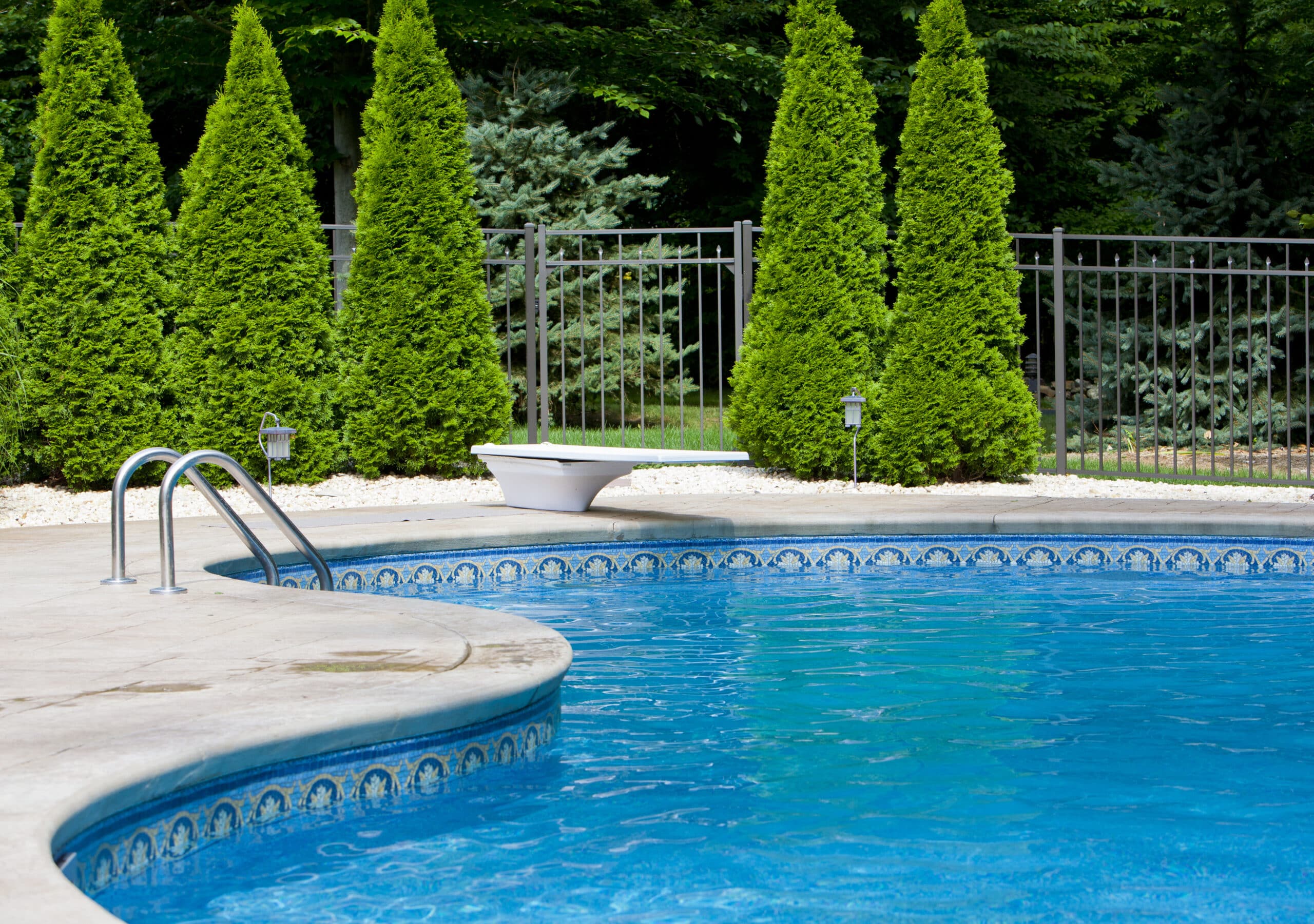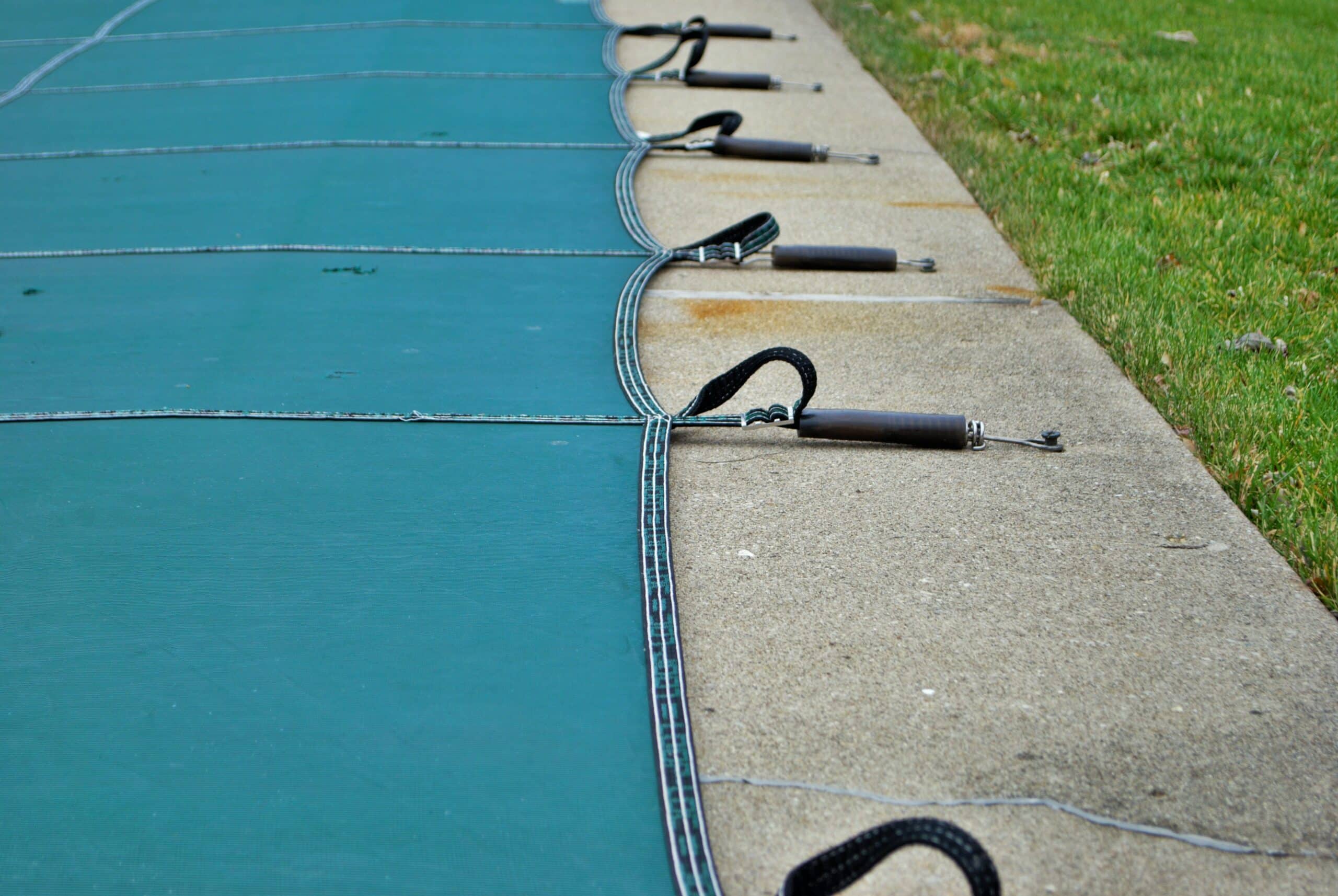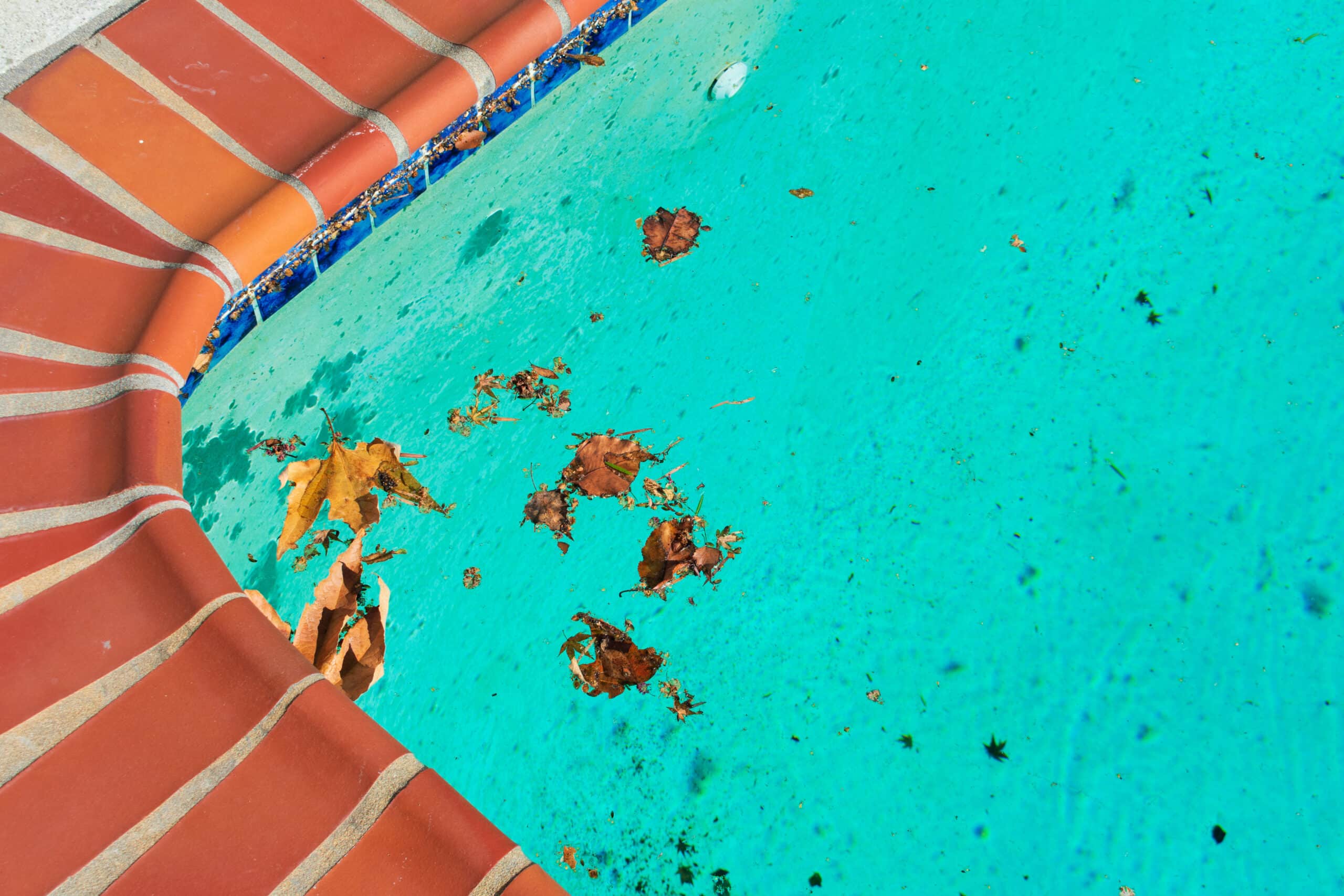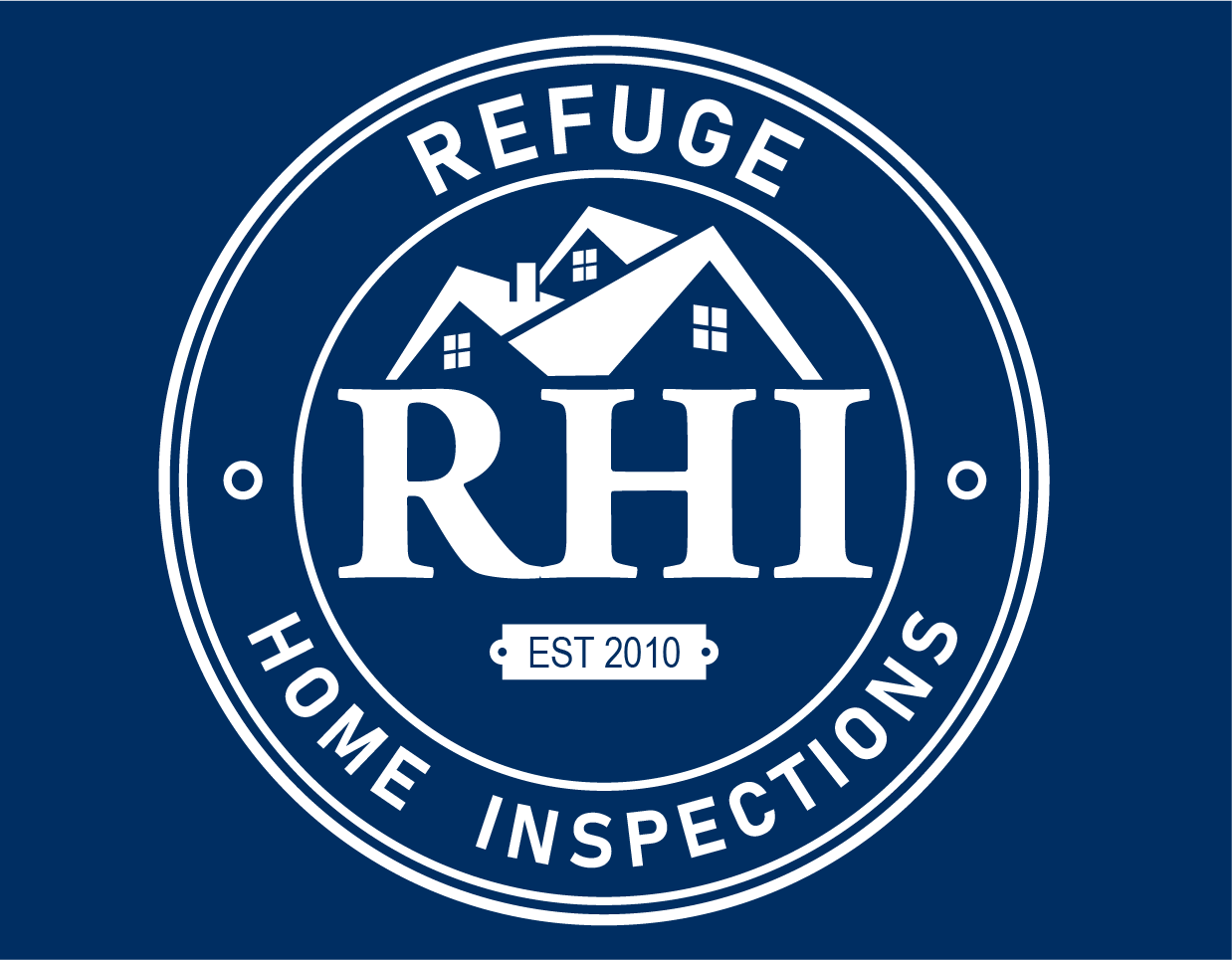
Opening your pool can be a love/hate relationship. On the one hand, you get to open your pool! Think of all the fun that awaits! On the other hand, look at that slimy green mess! Think about all the work that awaits! It is true that opening a pool takes work. You can choose the DIY approach, or you can hire a professional. In addition to restoring your water, your pool also has several working parts that allow the system to run smoothly. If you do not feel comfortable checking or testing those parts, having it inspected by a professional before fully opening it will ensure items such as pumps, filters, and pool liners are functioning correctly.
The first step to start the process of opening your pool is to remove your pool cover, clean it and store it away appropriately. Over the winter months, pool covers can accumulate a lot of dirt and grime. Scrub and rinse off all organic material and dry it completely before you store it in a dry space. Make sure you check that it does not have any rips, tears, or holes. You want to thoroughly clean it and store it correctly so it can be used again the following year.
Next, fill your pool midway up the skimmer openings and tile line with water. Add water as necessary through the opening process to maintain the correct water level. If you have an auto-fill feature, make sure it is functioning properly. Then, clean the debris from the water. Remove any leaves and other substances from the water.


Cleaning your filter and reinstalling plugs is next. First, check the media cartridges or grids for cracks or holes. If you have a sand filter, change the sand if needed. This is recommended every 5 years. Add new D.E. after backwashing and before starting your filter. Inspect all O-rings to ensure they properly seal. Inspect the filter gauge to make sure it is still working. After this, it is time to replace all your winterizing plugs. Reinstall your drain plugs for the pump, heater, and filter. Use Teflon tape or another thread sealant to prevent pump air leaks or filter drips.
Now it is time to prepare the pump and the filter. To eliminate any air in the plumbing lines, make sure to add water to the suction lines with a garden hose. Start by opening the filter gauge pressure relief. Then, mark or document your starting PSI. Inspect your controller for the correct time, hours of operation, and programs for variable speed or variable flow pumps. After the filtration system is operational, inspect all components in the equipment area for leaks. Finally, open all suction and return lines, utilize the multi-port valve, and clean out any debris in the line by discarding to the waste position. Prior to operating the pool, remember to return the multi-port valve to the filter position.
The next step is balancing your water. Using a testing kit will ensure levels are balanced. Maintaining the proper balance is crucial to keeping your pool water healthy. There are various types of pool test kits you can choose from, such as test strips, liquid reagent kits, and digital testers. To shock your pool, use chlorine or non-chlorine shock (MPS) to thoroughly disinfect your pool water. If your pool has algae, use chlorine to eradicate it. Prior to shocking, be sure to brush the algae from the pool walls.
Make sure you have the correct chemicals and equipment available for balancing the water and keeping your pool disinfected, balanced and algae-free. Check and inspect your pool cleaning equipment. Your pool tool list can include a telescopic pole, skimmer net, vacuum head and hose, nylon and wire brush, and a vacuum plate. Some chemicals you might consider are Cal-Hypo or sodium chloride shock, muriatic acid, sodium bisulfate (dry acid), sodium bicarbonate, soda ash, calcium chloride, and algaecide. Remember that you can always consult with your local pool shop to find the right tools and chemicals for your needs.
Once these steps are completed, you can prep the space around your pool. If you have a deck, make sure you have properly maintained it and all safety issues have been resolved. This is a great time to add back any fun features to your pool such as lighting, chairs, toys, etc. Continue to check that your water level stays balanced and that all working parts of the pool are functioning. Again, you can have your pool inspected and opened by professionals if you feel it is beyond your skill set or you simply do not want to go the DIY route. Either way, go enjoy that pool!
We are here to help!
A pool inspection is a complete look at the pool and all the accompanying parts. It is especially important to have a pool and spa inspection performed to ensure everything is functioning as it should. Pools and spa systems can be extremely expensive to fix or replace. A pool inspection will help you make a well-informed decision about the pool or spa.
